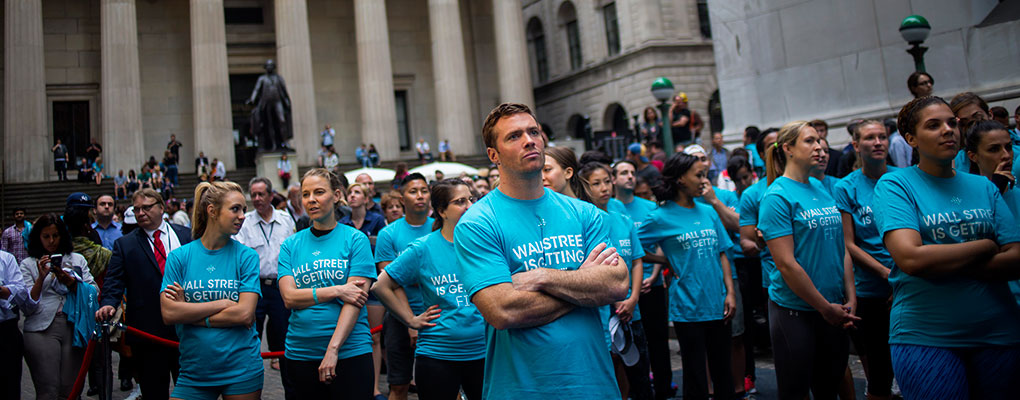
Opening at $20 a share, having originally priced them at $14 and later $16, wearable technology brand Fitbit has once again surpassed market expectations, with its shares having soared almost 50 percent on its first day of trading. The much-fancied San Francisco-based company is a leader in the connected health and fitness market, and makes wristbands that count calories and footsteps.
[T]he initial day’s showing puts Fitbit out front as the top-performing debut of the year so far
NYSE’s Global Head of Capital Markets said in a statement: “Fitbit’s IPO demonstrates the powerful role technology will continue to play in the health and fitness movement.” He added, “With the power of capital markets fuelling their innovation, Fitbit will be even better positioned to help people lead more active lives through wearable technology, data and inspiration.”
Founded in 2007, the brand has capitalised on a thriving wearable technology market and a budding interest in health and fitness applications. A recent BI Intelligence report on the wearable computing market conducted recently estimates that the market will grow at a compound annual growth rate of 35 percent in the next five years.
At the end of Fitbit’s first day of trading it was valued at approximately $6bn, having fast become the leading name in the global wearable market. In this year’s first quarter alone the company shipped 3.9 million devices, accounting for 35 percent of the market, and far and above second placed Xiaomi with 25 percent.
Early signs show that 20 million shares traded hands in the first 10 minutes of trading, and the initial day’s showing puts Fitbit out front as the top-performing debut of the year so far. The company said that it would use the capital to boost financial flexibility and invest a fair portion in research and development, adding also that an acquisition may also be on the cards.


